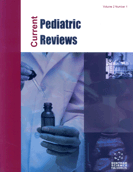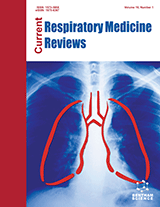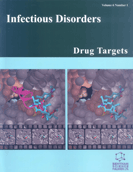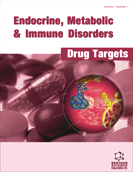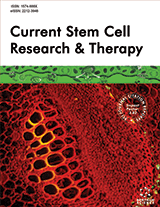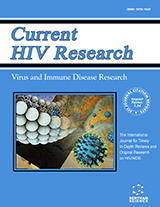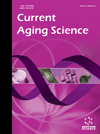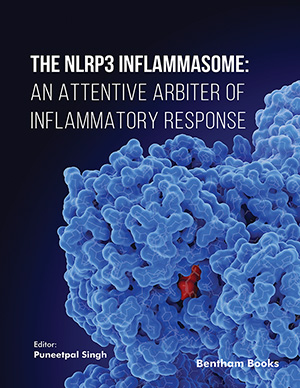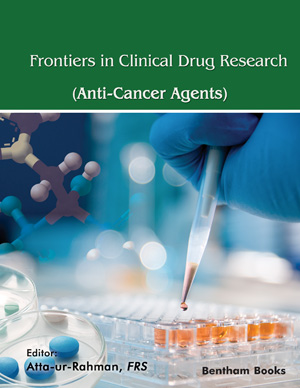Abstract
Resistance to undergo apoptosis is a characteristic feature of human malignancies, including childhood leukemia. Apoptosis, or programmed cell death, is the most common intrinsic cell death programs that plays a critical role in maintaining tissue homeostasis, for example in the hematopoietic system. Accordingly, too little apoptosis can promote tumor formation and also treatment resistance, since the anti-leukemic activity of most current treatment approaches, i.e. chemo-, radio- or immunotherapy critically depends on intact apoptosis signaling pathways in leukemia cells. Thus, defective apoptosis programs confer resistance to anti-leukemic therapy. The elucidation of the signaling components mediating apoptosis in leukemia cells has provided multiple targets for therapeutic intervention. These targets can be exploited to develop novel treatment strategies better directed at selective intervention points in the apoptotic machinery. Several of these approaches have already been translated into a clinical application. Thus, the exploitation of apoptosis signaling pathways for leukemia therapy opens new perspectives for effective treatment protocols for childhood leukemia.
Keywords: Apoptosis, leukemia, TRAIL, IAPs, mitochondria, Signaling pathways, Bcl-2 PROTEINS, Receptor, Caspase, Bcl-2 inhibitors


